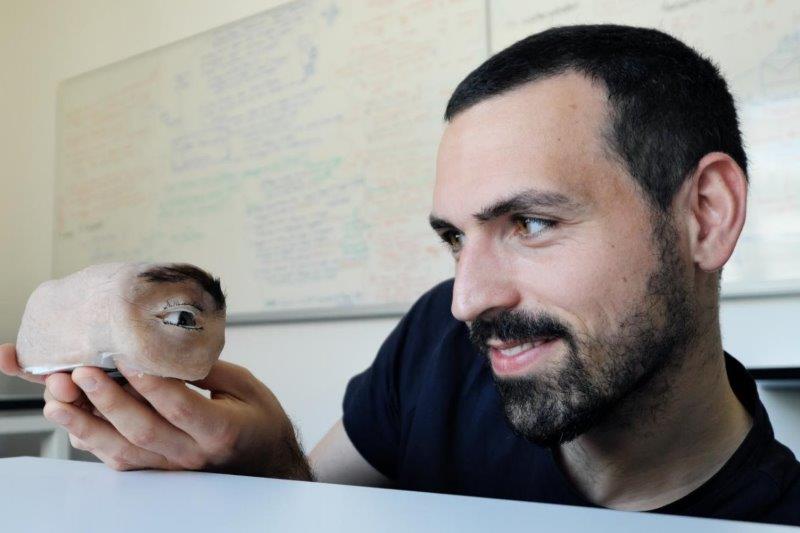Human eye webcam, anyone?
German researchers have developed a webcam that not only looks like a human eye but can realistically imitate its movement.
"The goal of our project is not to develop a better design for cameras, but to spark a discussion about the fact that we are surrounded by sensing devices every day. That raises the question of how that affects us," said Dr Marc Teyssier, a researcher at the Human-Computer Interaction Lab, Saarland University.
"With Eyecam, we are exploring the question of whether a technical device should reflect its function in its design," said co-researcher Dr Marion Koelle. "There are different ways of seeing, all of which have their own unique connotations, such as observing, recognising, watching, or even spying. Also, a camera designed as an eye can send nonverbal signals through facial expressions. This opens up a whole new layer of interaction that hasn't existed in technical devices before," she said.
Webcams are a potential privacy risk and the Eyecam exaggerates this aspect, acting as an observer by opening its eye and tracking the user with its gaze, explained Dr Teyssier. “Alternatively, the humanlike camera could be used for self-reflection, with the artificial eye getting ever more tired and repeatedly falling shut as the user sits in front of the computer late at night. Or it could take on the role of a pet that is simply there, looking around from time to time and reacting with delight when its owner enters the room.
"Our application scenarios are fictional and are intended to encourage people to think about how we interact with technical devices today, but also in the future. What is special is that we can experience and recreate our imagined scenarios with the help of a physically existing prototype," Dr Teyssier said.
The research, published by Innovation Origins, is part of a series of work looking at how interfaces with human body properties can improve the interaction between humans and computers.


























